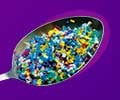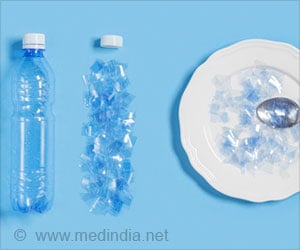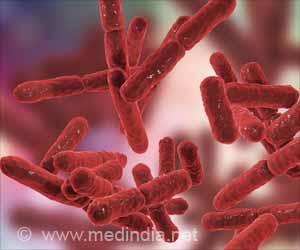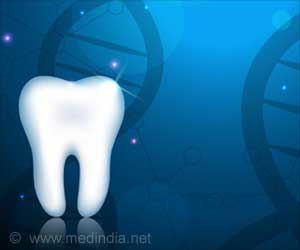Recent researches have signified that microplastics have started acting like a harbor for viruses that can lead to outbreaks of various diseases.
Highlights :
- Microplastics have become a harbor for various viruses
- Sun exposure and the size of microplastics help in prolonging the virus’s survival
- Potentially accumulated deadly viruses in microplastics can travel through waterways
Plasticenta: First evidence of microplastics in human placenta
Go to source).
What is Microplastics?
Microplastics are basically tiny particles of plastic. These plastic particles range from 5 millimeters to 100 nanometers, which means that they can easily pass through the water filters.Microplastics are everywhere — but are they harmful?
Go to source).
A Viral Turn to these Microplastics
A Recent study by the University of Queensland has revealed that these microplastics have become a harbor for various viruses.This study was conducted by Associate Prof Jianhua Guo and Dr. Ji Lu from University of Queensland’s (UQ) Australian Centre for Water and Environmental Biotechnology (ACWEB), who investigated if microplastics have the ability to harbor viruses, including the one found inside E. coli bacteria.
“We often hear about the human and environmental harm caused by microplastics in water, but there is little known about whether the tiny microplastic particles can carry viruses,” Dr. Guo said.
“What we found is that viruses can hitchhike on microplastics and prolong their infectivity, which means there could be an increased risk of virus transmission throughout waterways and the environment.”
Dr. Lu said they used the E. coli bacteriophage in the study, which is a virus that infects and replicates within the bacteria itself and is not harmful to humans.
In their test they also evaluated how exposure to the sun and the size of microplastics help in prolonging the virus’s survival and concluded that more the environmental damage on the microplastic the more likely it was to carry viruses.
The type of virus determines on how infectious it is to humans, but there could be instances where the dosage is enough on a microplastic to cause potential infection.
“Because microplastics can potentially accumulate deadly viruses and travel through waterways, this might risk the contamination of seafoods as they are majorly harvested from areas where they are frequent contamination of microplastics.”Dr. Lu said the study started when wastewater was being tested to detect COVID-19 cases in the community, which spurred the team’s investigation into what could mediate virus transmission in water environments.
“Our findings also indicated that microplastics could affect how viruses are distributed in water, which could be of interest in future studies,” Dr. Lu said.
He also specified on how his findings have opened the door to further research that is needed in this area, including to test if other pathogens can hitchhike on more types of microplastics.
References :
- Plasticenta: First evidence of microplastics in human placenta - (https://www.sciencedirect.com/science/article/pii/S0160412020322297?via%3Dihub)
- Microplastics are everywhere — but are they harmful? - (https://www.nature.com/articles/d41586-021-01143-3)











